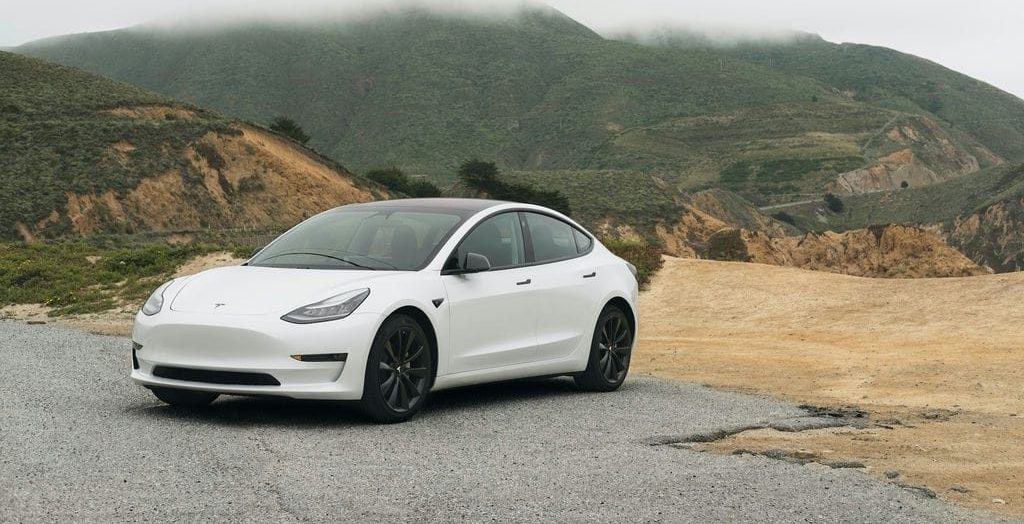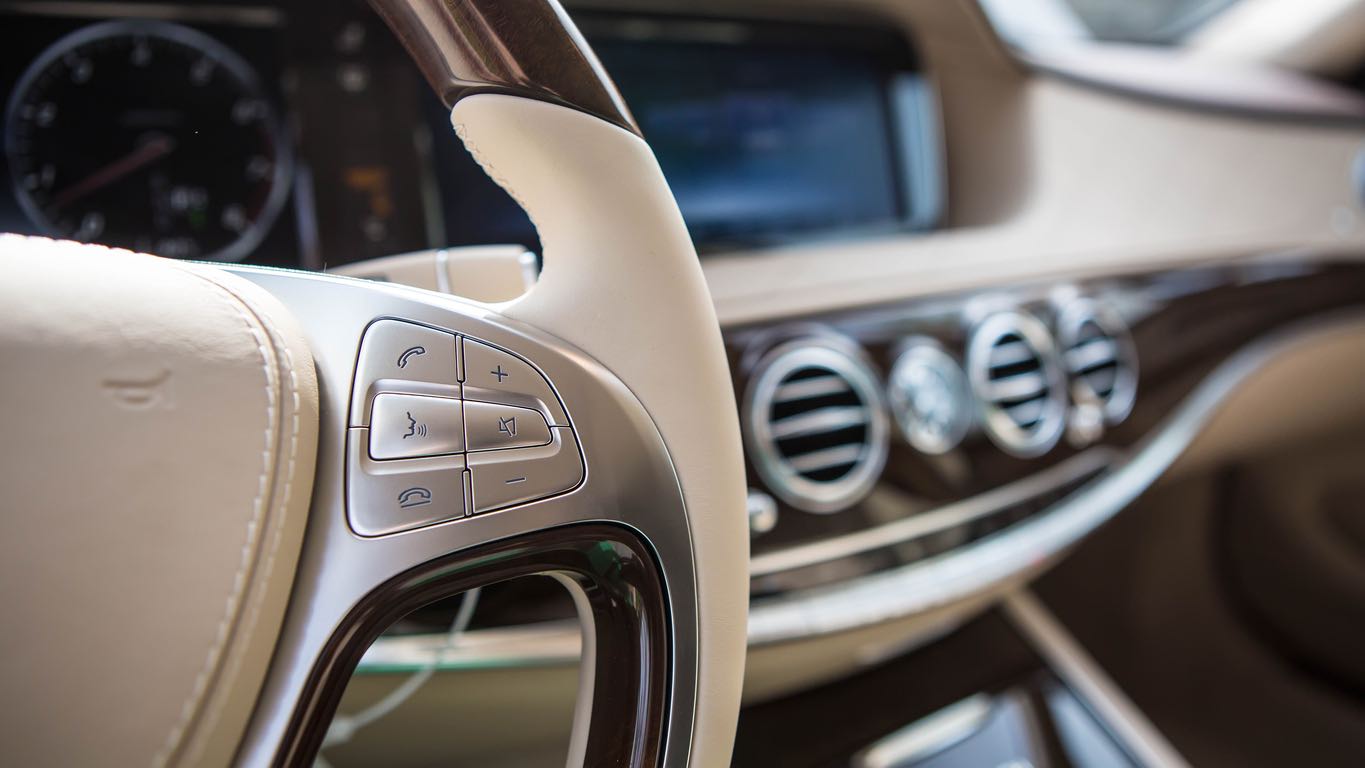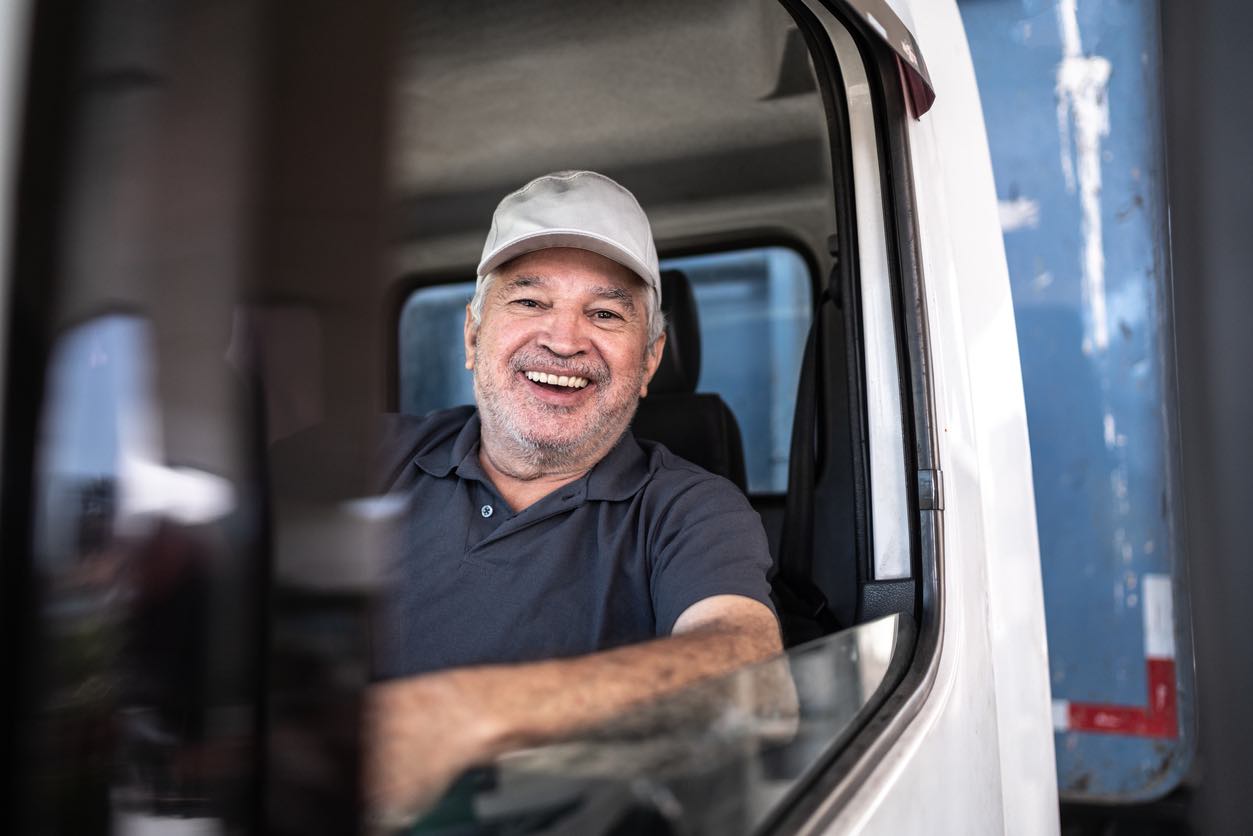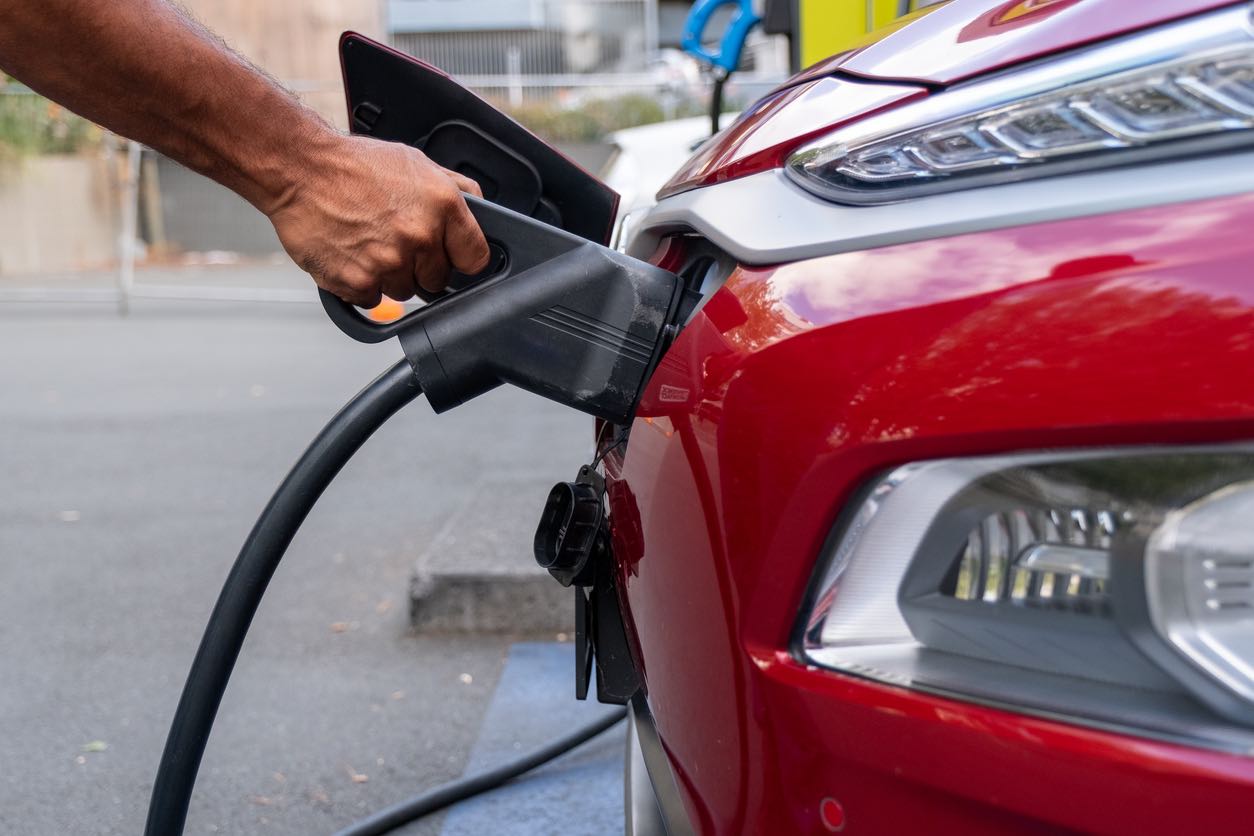Tesla has been in the news recently for their impressive electric vehicles. Tesla is known as the world’s leading EV Company, and unfortunately, it has recently issued a major recall for its latest Model 3 vehicle. This recall is a potentially major issue as there are a few problems with the vehicle. First of all, the recall can’t be fixed over the air. Furthermore, it’s not a defect that is caused at the factory level.
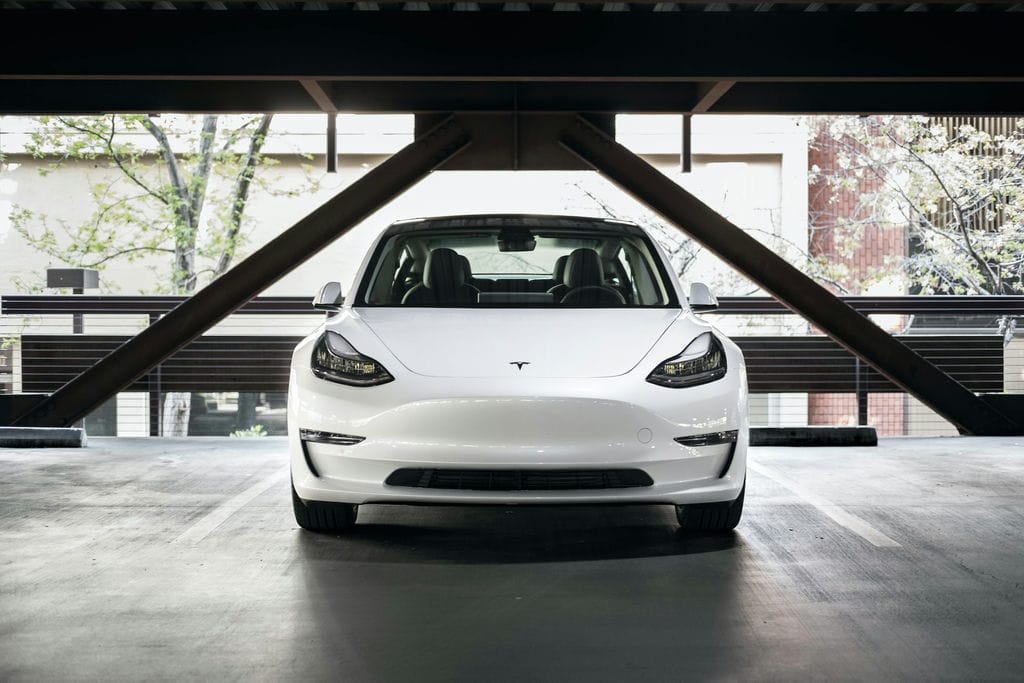
Based on a report by Tesla to the National Highway Traffic Safety Administration (NHTSA), Tesla claims that when the second-row left seat belt buckle and/or center seat belt anchor is not fastened to the correct specifications, one or both of the components may be loose when pulled up and away from the second-row seat bench. This essentially means that the seatbelts in the back seats of the Model 3 may not be anchored properly.
The problem with this recall is that it is not an assembly issue, but a reassembly issue. There are many reasons to take components of the vehicle apart for service, and working on a Tesla is rather difficult. In this case, there are certain services that are necessary that require you to take out the left seat belt buckle and center seat belt anchor. Since they look similar and share common parts, the technicians may not have put them back together properly. This recall has impacted about 24,000 Model 3 vehicles since 2017.
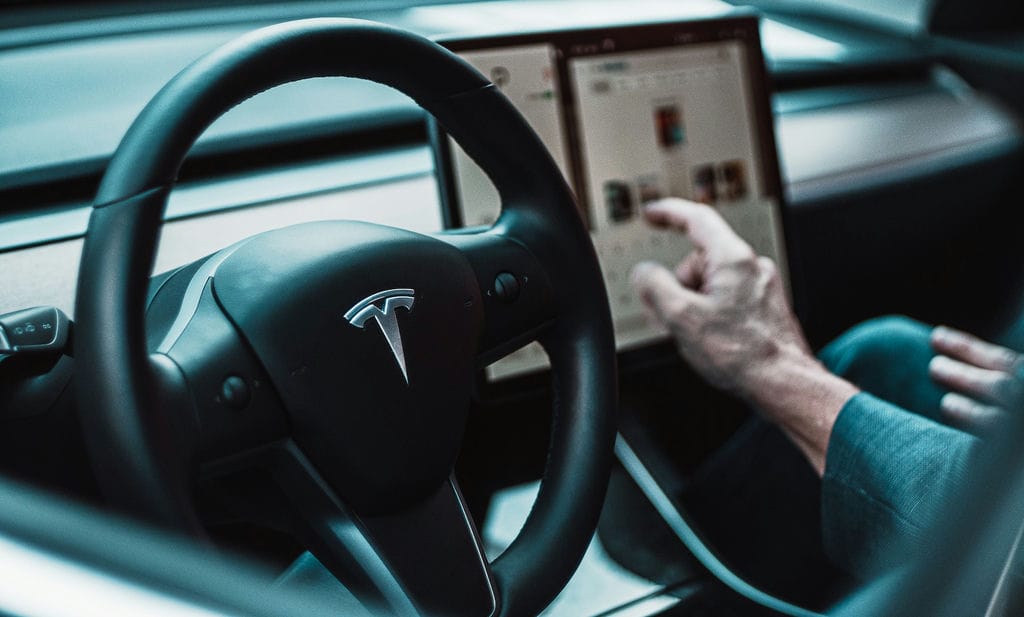
This recall came about when Tesla was looking into repair orders from its service centers. The repair orders are generated by service customers which provide data to manufacturers. Tesla noticed this issue as a common issue amongst the customers. After looking at the data, Tesla discovered 105 rear seat belt components were not reassembled properly in the United States alone. On a positive note, Tesla is not aware of any accidents, injuries, or deaths related to this problem.
This problem has been a series of events leading up to the voluntary recall. From August to September of 2022, Tesla began investigating incidents in which customers and technicians had noticed the problem with the rear seat belts. From October 3rd to October 13th, Tesla Service and Engineering analyzed the data and related correction codes. On October 14th, Tesla ended the investigation and confirmed the cause, risk assessment, and affected vehicle population.
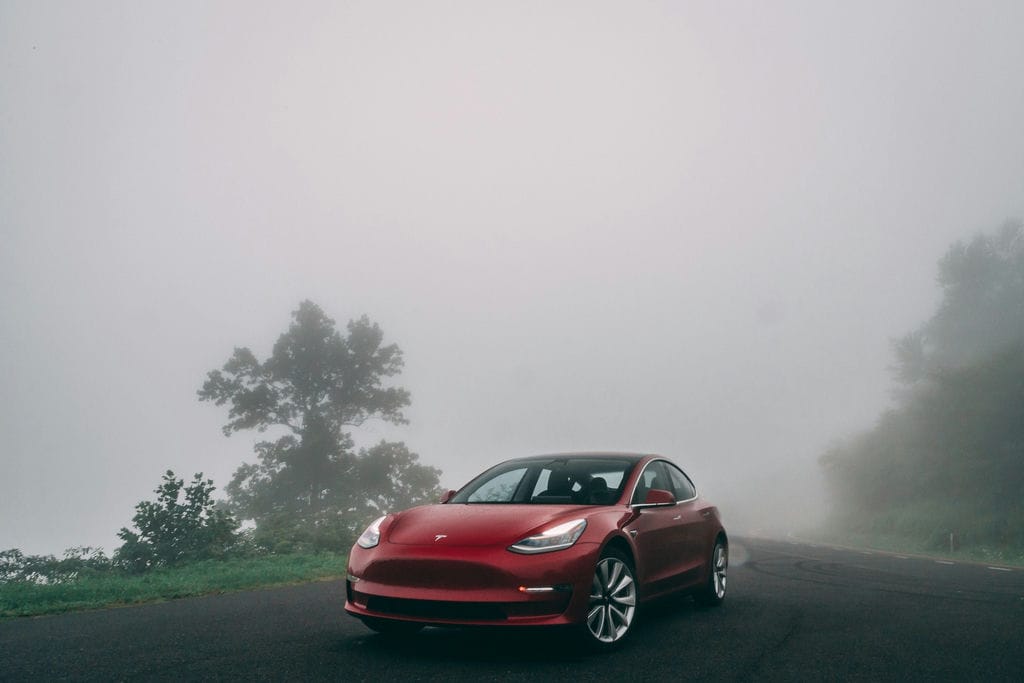
Many other recalls made by Tesla have been fixed with over-the-air (OTA) software updates; however, this problem requires the owners to have the vehicles physically examined. While they have to come in for a physical inspection, Tesla is offering to not only inspect the seat belts, but to fix the seat buckles free of charge. Furthermore, if the customers previously paid to have this issue fixed, they will even be reimbursed. Fortunately, Tesla notes that people are able to still drive the vehicle, but if they carry passengers in the back to have the vehicle serviced immediately.
Even though Tesla is the leading company in electronic vehicles, it still has their share of issues with their vehicles. Many of the issues have been solved over the air through software updates, much like a computer is able to. Even though fixing the Tesla is much like fixing a computer nowadays, it is still necessary to sometimes have physical repairs done to it as well. Because of the specialty required to work on these vehicles, Tesla is planning to offer mobile service in the future for the physical repairs required.
